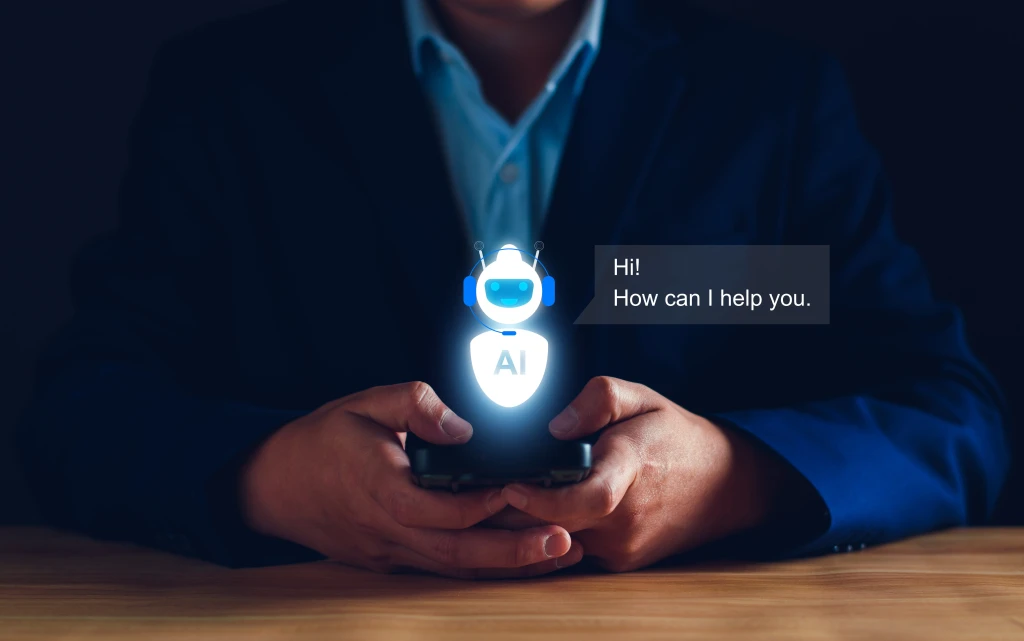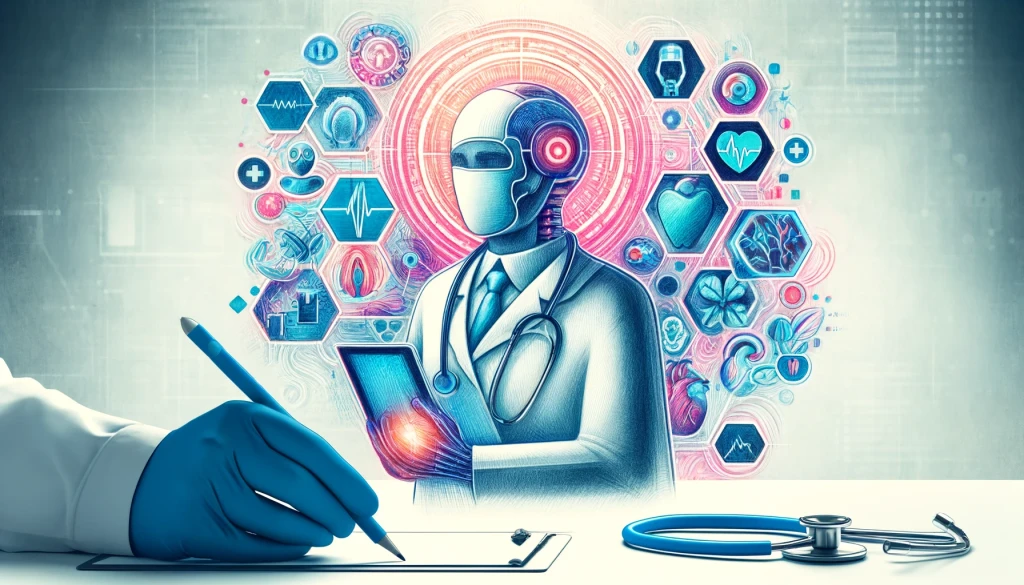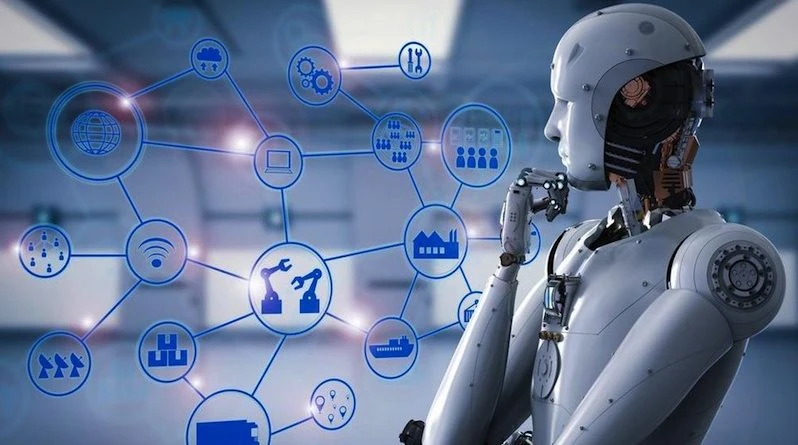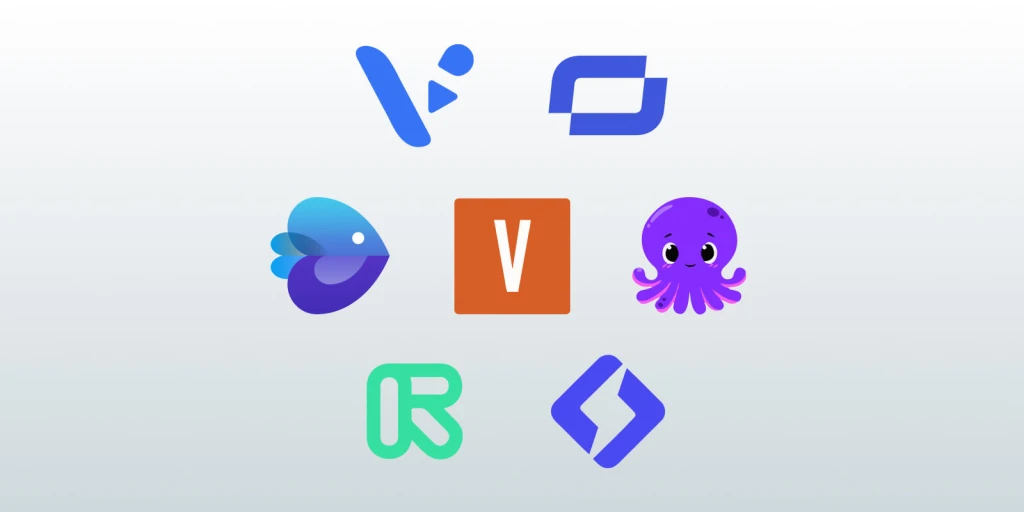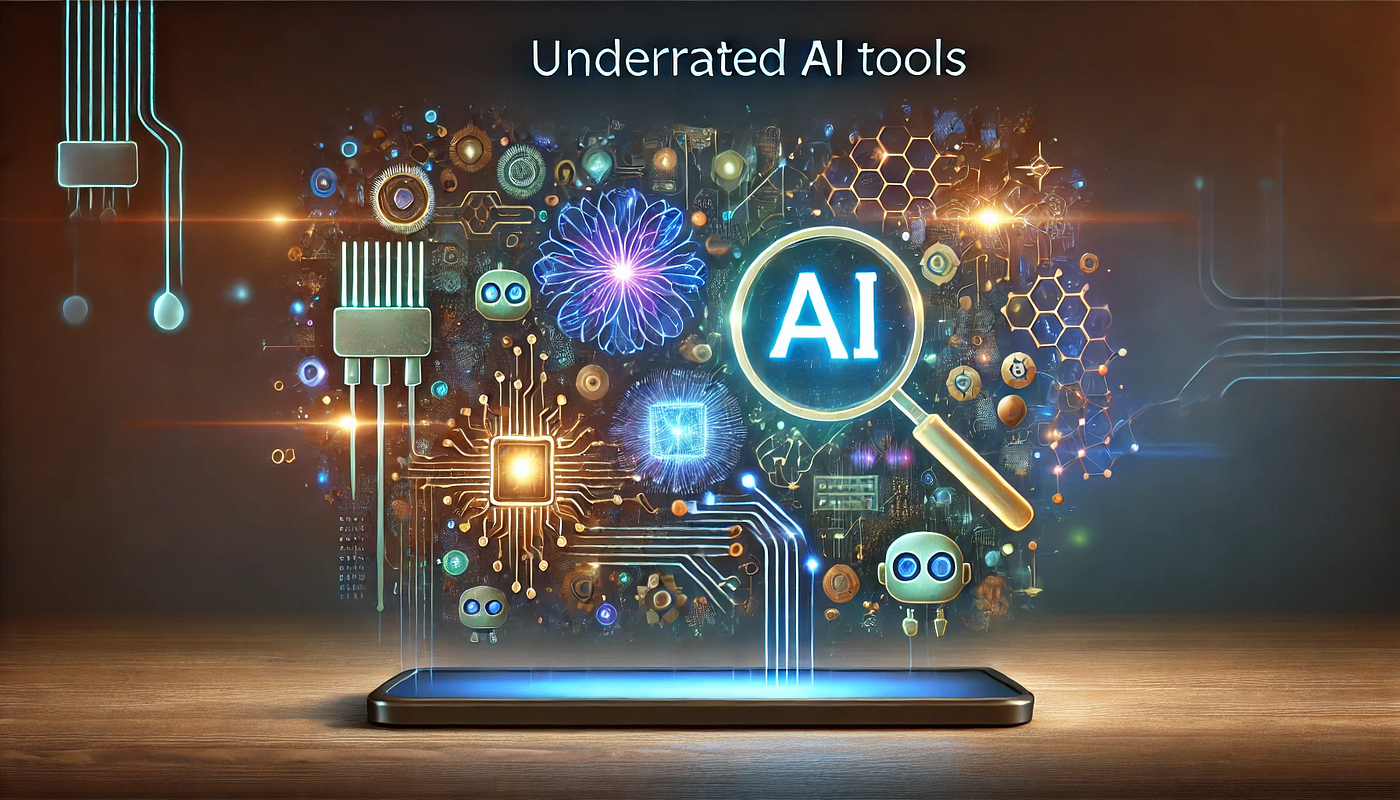Test AI on YOUR Website in 60 Seconds
See how our AI instantly analyzes your website and creates a personalized chatbot - without registration. Just enter your URL and watch it work!
Leverage Artificial Intelligence to Grow Your Business
AI is no longer limited to tech giants and large corporations. Thanks to advancements in machine learning, natural language processing, and data analytics, businesses of all sizes can now harness AI to drive growth and innovation. In this blog, we’ll explore the key ways AI can help businesses grow, improve operations, and gain a competitive edge.
1. Automating Business Processes for Increased Efficiency
How AI Automation Drives Efficiency:
Customer Support Automation: AI-powered chatbots and virtual assistants can handle customer inquiries 24/7, providing quick and accurate responses without human intervention. This reduces customer service costs and improves customer satisfaction.
Workflow Automation: AI can automate internal business processes such as data entry, order processing, and scheduling. Tools like Zapier and UiPath enable businesses to create automated workflows that minimize human error and improve efficiency.
Invoice Processing and Financial Management: AI-driven financial tools can automate invoice processing, fraud detection, and expense management, reducing the time and effort required to manage finances.
✅ Example:
An e-commerce company uses an AI chatbot to handle customer service requests, resolving over 80% of issues without human involvement. This reduces operational costs and allows customer support teams to focus on more complex issues.
Impact:
Automating repetitive tasks with AI saves time and money while improving the accuracy and speed of business processes. This increased efficiency allows businesses to scale faster and allocate resources more effectively.
2. Improving Decision-Making with AI-Driven Insights
How AI Enhances Decision-Making:
Predictive Analytics: AI can forecast future trends based on historical data, helping businesses anticipate market shifts, customer behavior changes, and potential risks.
Sales and Inventory Management: AI can predict demand and optimize inventory levels, ensuring businesses avoid stockouts or overproduction.
Market and Competitive Analysis: AI-powered tools can analyze competitor performance, market conditions, and customer sentiment, providing valuable insights for strategic planning.
✅ Example:
A retail company uses AI to analyze customer purchasing patterns and predict future demand for products. This allows them to adjust inventory levels and avoid both overstocking and stock shortages, improving profitability.
Impact:
AI-driven insights give businesses a competitive edge by enabling faster, more accurate decision-making. Companies can respond to market changes and customer needs more effectively, leading to increased profitability and customer loyalty.
3. Enhancing Customer Experience and Personalization
How AI Improves Customer Experience:
Recommendation Engines: AI algorithms analyze customer behavior and suggest products or services based on previous interactions.
Dynamic Pricing: AI can adjust pricing in real-time based on market conditions, competitor prices, and customer demand, maximizing both revenue and customer satisfaction.
Sentiment Analysis: AI can analyze customer reviews and social media posts to gauge customer sentiment, allowing businesses to respond quickly to complaints or opportunities.
✅ Example:
Streaming platforms like Netflix and Spotify use AI to recommend content based on users’ viewing or listening history. This leads to higher engagement and customer retention rates.
Impact:
AI-powered personalization increases customer engagement and satisfaction, leading to higher conversion rates and customer loyalty. Businesses that provide personalized experiences are more likely to retain customers and increase lifetime value.
4. Driving Marketing Performance and Customer Acquisition
How AI Improves Marketing Performance:
Audience Segmentation: AI can segment customer data to identify target audiences and deliver more relevant ads and content.
Ad Optimization: AI-driven platforms like Google Ads and Facebook Ads use machine learning to automatically adjust bidding strategies, targeting, and ad placement for better performance.
Content Generation: AI-powered tools like ChatGPT and Jasper can create compelling marketing copy, social media posts, and email campaigns tailored to specific audiences.
✅ Example:
An online retailer uses AI to analyze customer behavior and automatically adjust ad targeting. This increases the click-through rate (CTR) and reduces customer acquisition costs.
Impact:
AI-driven marketing campaigns result in higher engagement, better conversion rates, and increased return on investment (ROI). Businesses can reach the right audience at the right time with the right message, driving higher customer acquisition rates.
Test AI on YOUR Website in 60 Seconds
See how our AI instantly analyzes your website and creates a personalized chatbot - without registration. Just enter your URL and watch it work!
5. Streamlining Product Development and Innovation
How AI Improves Product Development:
Market Analysis: AI can analyze competitor offerings and customer reviews to identify gaps and opportunities for new product features.
Prototype Testing: AI-driven simulations can test product performance in virtual environments, reducing the need for costly physical prototypes.
Feature Optimization: AI can analyze customer feedback to determine which product features are most valued, guiding future development efforts.
✅ Example:
An automotive company uses AI to simulate the performance of a new electric vehicle design, identifying potential flaws before the manufacturing phase, saving both time and costs.
Impact:
AI helps businesses innovate faster and more efficiently, reducing time-to-market and increasing the chances of product success. Businesses can respond quickly to changing customer preferences and market demands.
6. Improving Human Resource Management
How AI Enhances HR:
Recruitment and Screening: AI-powered tools can scan resumes, rank candidates, and even conduct initial interviews, reducing the time and effort needed for hiring.
Employee Engagement: AI-driven platforms can analyze employee sentiment and engagement levels, providing recommendations for improving morale and retention.
Performance Evaluation: AI can assess employee performance using objective metrics and suggest training or career development opportunities.
✅ Example:
A tech company uses AI to analyze employee engagement data and identify patterns of dissatisfaction. The company introduces flexible work hours based on AI recommendations, improving employee retention.
Impact:
AI-driven HR strategies improve hiring efficiency, reduce turnover rates, and increase employee satisfaction and productivity.
7. Enhancing Risk Management and Fraud Detection
How AI Improves Risk Management:
Fraud Detection: AI algorithms can detect unusual transaction patterns and flag potential fraud before it occurs.
Cybersecurity: AI-driven security systems can identify and respond to cyber threats automatically.
Compliance Monitoring: AI tools can monitor business activities for regulatory compliance, reducing the risk of legal issues.
✅ Example:
A financial institution uses AI to detect irregular transactions in real-time, preventing fraud and protecting customer accounts.
Impact:
AI helps businesses reduce financial and operational risks, ensuring smoother and more secure operations.
Conclusion: The Future of Business is AI-Powered
Companies that embrace AI early and strategically will gain a significant competitive advantage, positioning themselves for long-term success. The key is to start small, experiment with different AI solutions, and scale up as you see results. AI isn’t just a tool — it’s a game-changer for businesses ready to grow.
